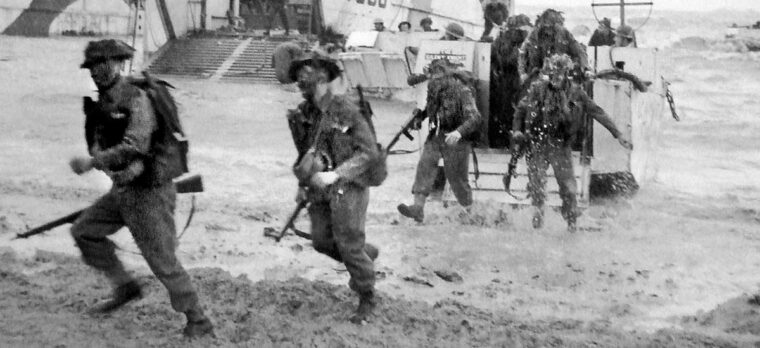
European Theater
Sergeant Major Stan Hollis: The Victoria Cross on D-Day
By Michael D. HullA chill breeze cut through the early morning haze, and the storm-swollen sea was rough off the coast of northern France on Tuesday, June 6, 1944. Read more
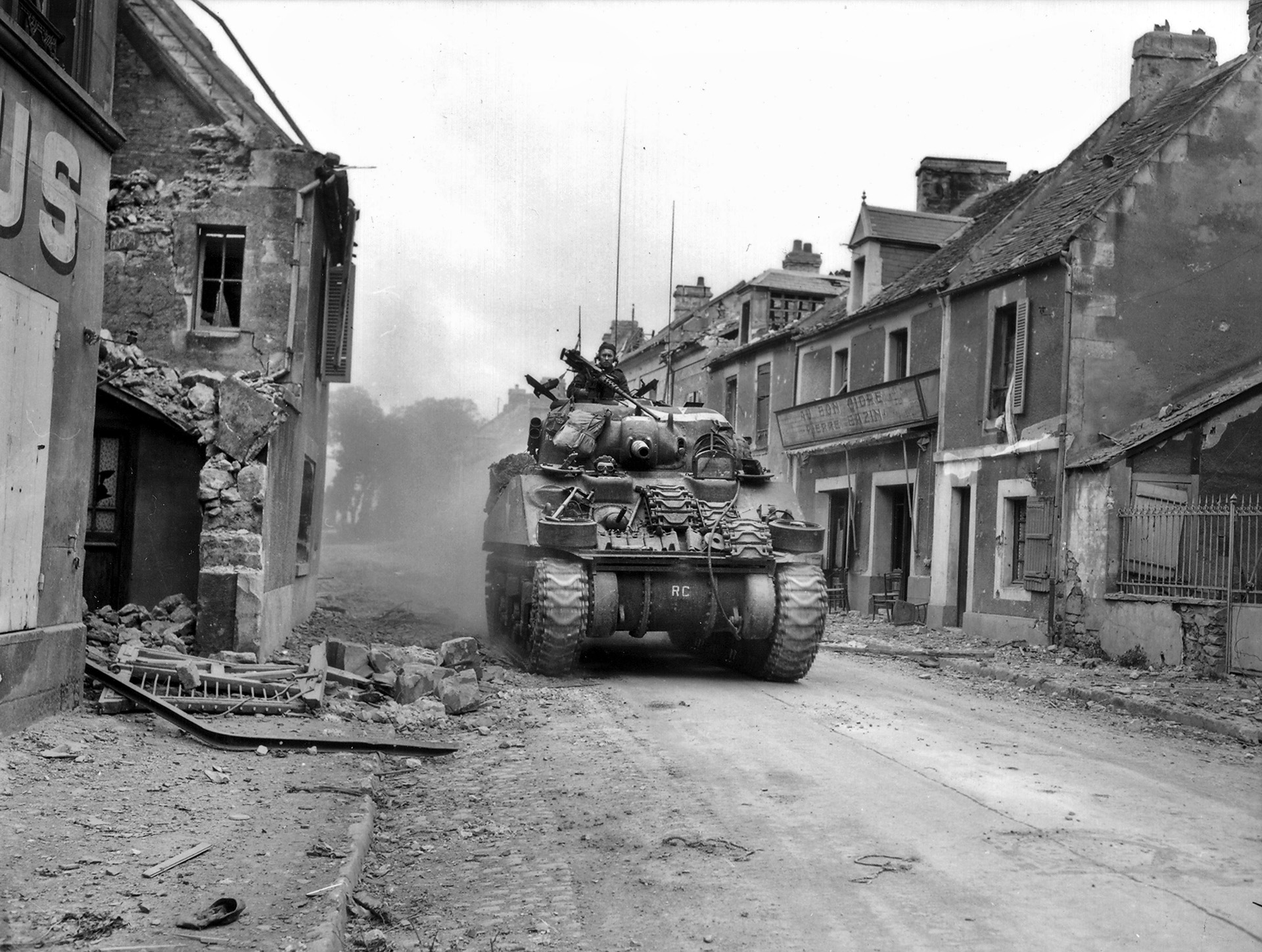
The European Theater of Operations (ETO) during World War II is generally regarded as the area of military confrontation between the Allied powers and Nazi Germany and Fascist Italy. The European Theater encompassed the Atlantic, Mediterranean, Eastern Front, Western Front, and Arctic areas of operation.

European Theater
A chill breeze cut through the early morning haze, and the storm-swollen sea was rough off the coast of northern France on Tuesday, June 6, 1944. Read more
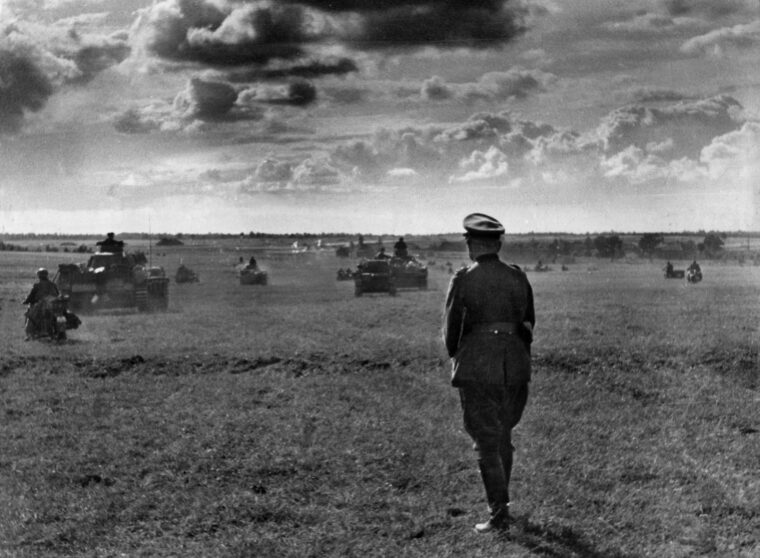
European Theater
Hitler was enraged as he stalked his way around the room during the waning months of World War II. Read more
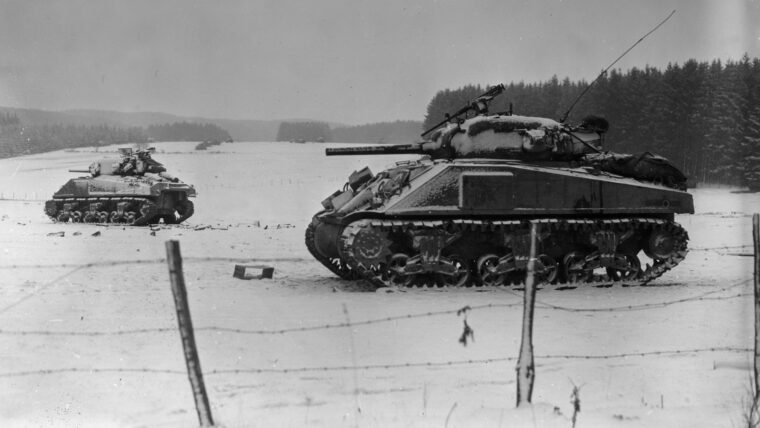
European Theater
After four months and a 600-mile advance from the beaches of Normandy into Brittany and then through eastern France, the spearhead of Lt. Read more
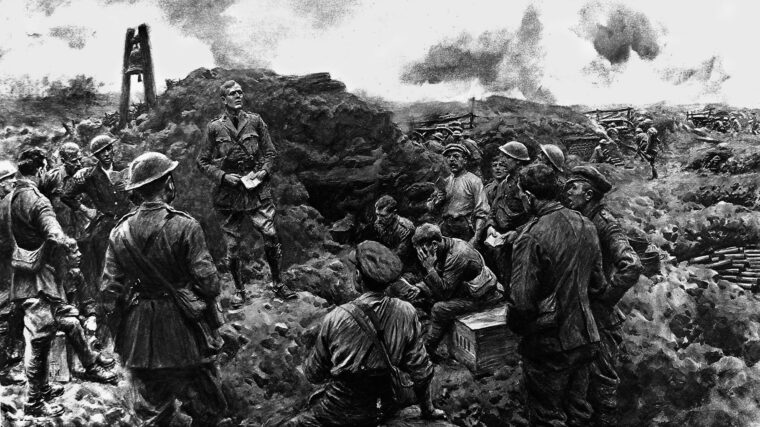
European Theater
They carried no weapons, only holy books and rudimentary vestments, a crucifix or a Star of David and sometimes a little Communion kit. Read more
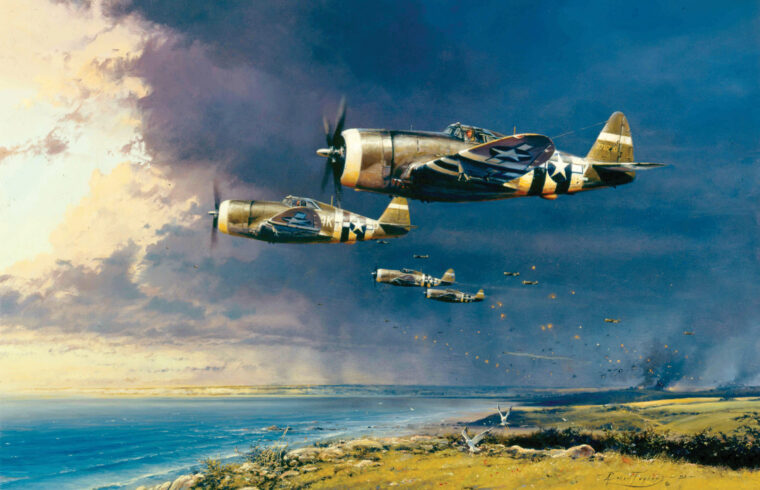
European Theater
As the landing craft carrying the invading Allied ground forces of Operation Overlord motored toward the Normandy beaches on June 6, 1944, they were protected and supported by the largest aerial armada the world has ever seen. Read more
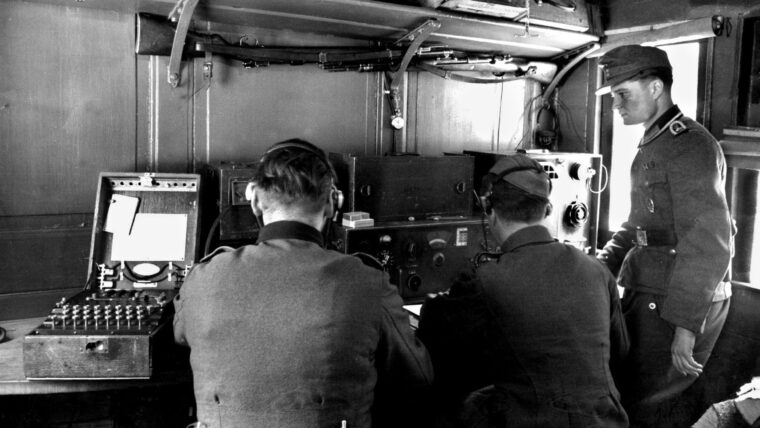
European Theater
Great Britain’s military intelligence leaders learned from their experience in World War I that the kinds of minds capable of breaking codes are a rare commodity and are often not likely to blossom in a military atmosphere. Read more
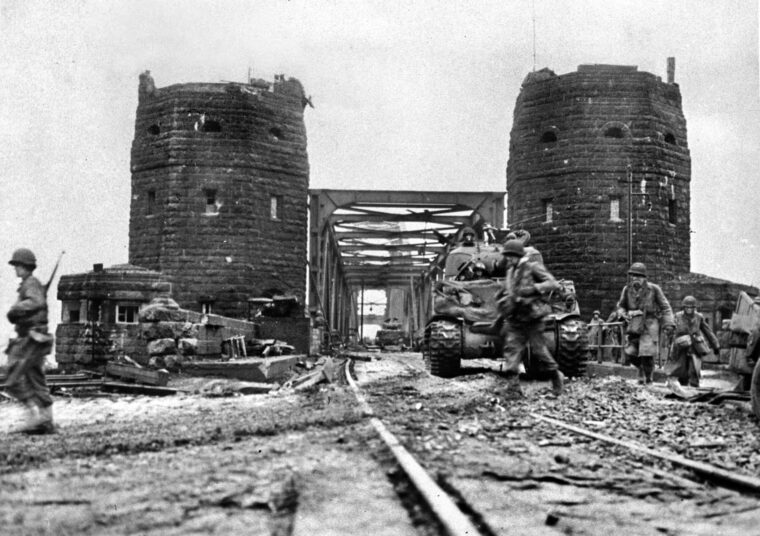
European Theater
As Allied troops advanced along a broad front toward Nazi Germany in the winter of 1945, the United States Army was eager to capture an intact bridge over the Rhine River to allow its troops and heavy equipment to advance rapidly into Germany. Read more
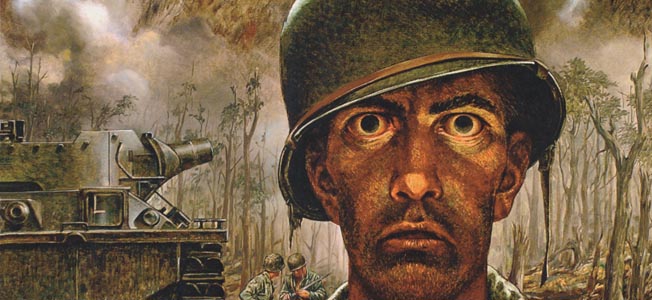
European Theater
Eugene Sledge knew a thing or two about combat fatigue. It was September 15, 1944, on a tiny spit of land called Peleliu: the Japanese opened up with heavy mortar fire just as the Marines moved off the beach and started inland. Read more
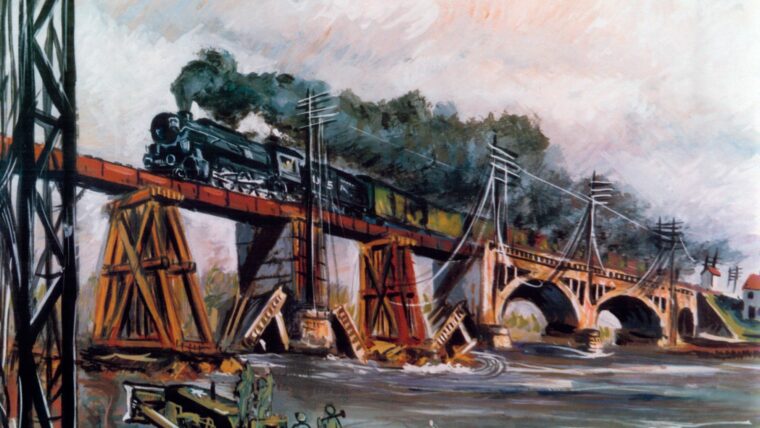
European Theater
Historian Christian Wolmar concludes that the two world wars could not have been fought to such devastation without military railways, in his book Engines of War. Read more
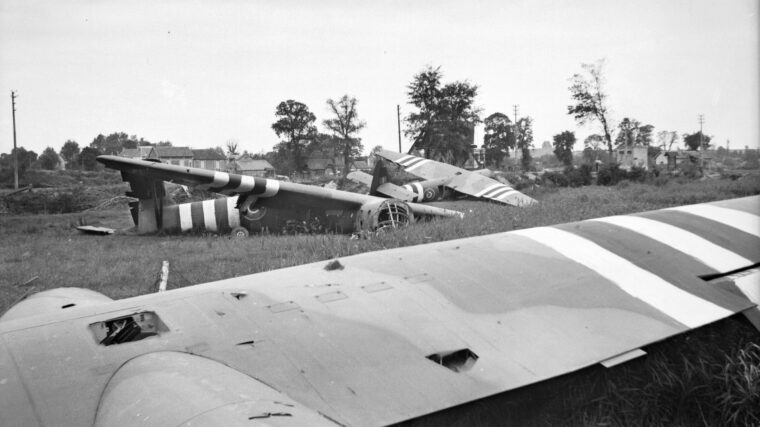
European Theater
On a darkened airfield at 2230 hours on June 5, 1944, a reinforced company of British gliderborne infantry, D Company of the Second Battalion, Oxford & Buckinghamshire Light Infantry (Ox & Bucks), boarded gliders, prepared to start the invasion of France. Read more
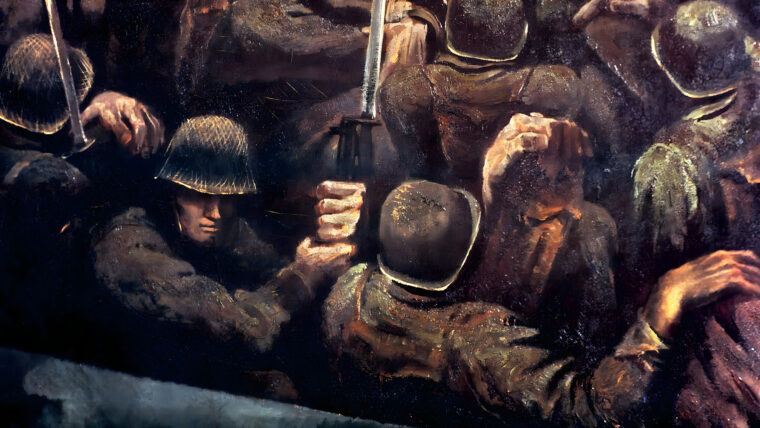
European Theater
The smoke had barely cleared from the battlefields of North Africa when the victorious Allies turned their attention northward to Europe. Read more
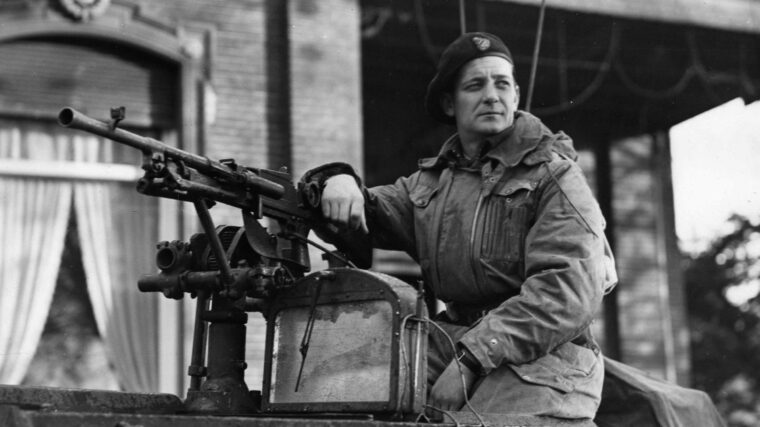
European Theater
As the Allied armies advanced across Western Europe in the summer of 1944, the First Canadian Army undertook the task of clearing the coastal areas and opening the Channel ports. Read more
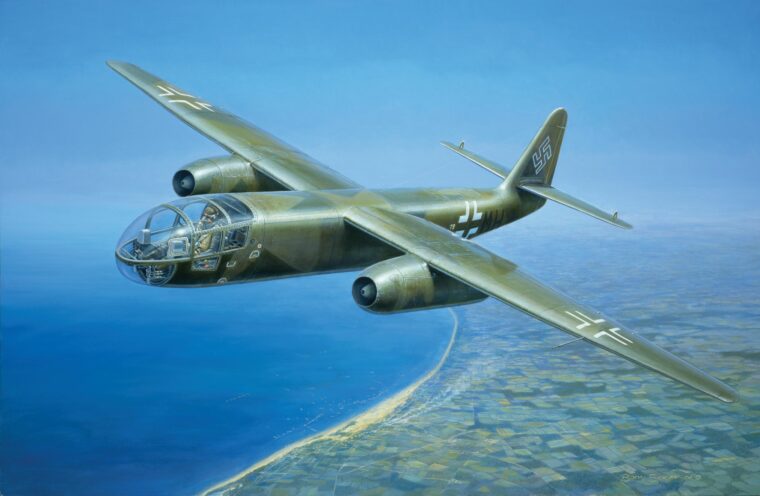
European Theater
When the Arado Ar-234 Blitz jet bomber first appeared in the skies of Europe, most Allied airmen did not know what it was. Read more
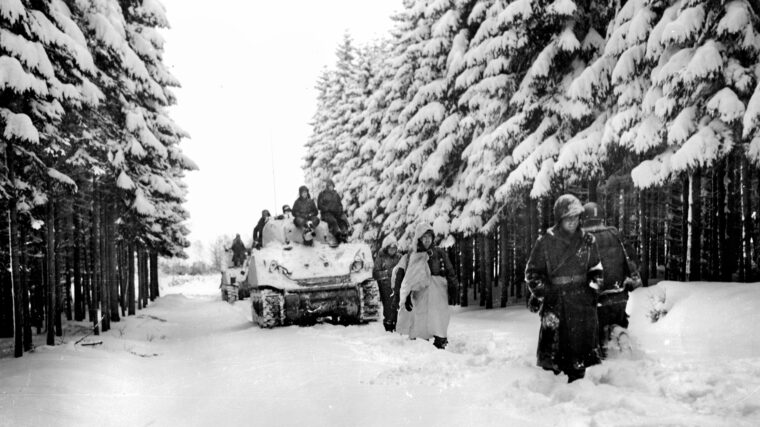
European Theater
“Peiper must be stopped!”
Lieutenant General Courtney M. Hodges, commanding the U.S. First Army, looked up from his maps and saw chaos everywhere. Read more
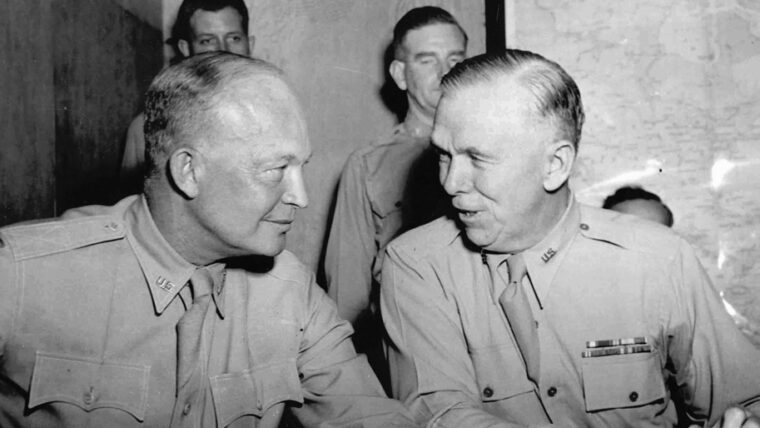
European Theater
President Franklin D. Roosevelt was disturbed in the autumn of 1938 by the Munich agreement, at which the rights of Czechoslovakia were signed away, and by reports of mounting air strength in Adolf Hitler’s Nazi Germany. Read more
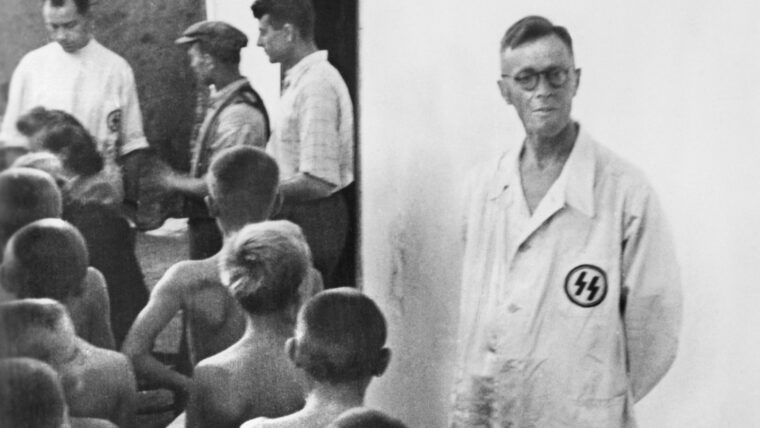
European Theater
In the summer of 1943, Malgorzata Twardecki, a single mother living in Nazi-occupied Poland, received an ominous order to bring her five-year-old son to the local town council office by 6 the following morning. Read more
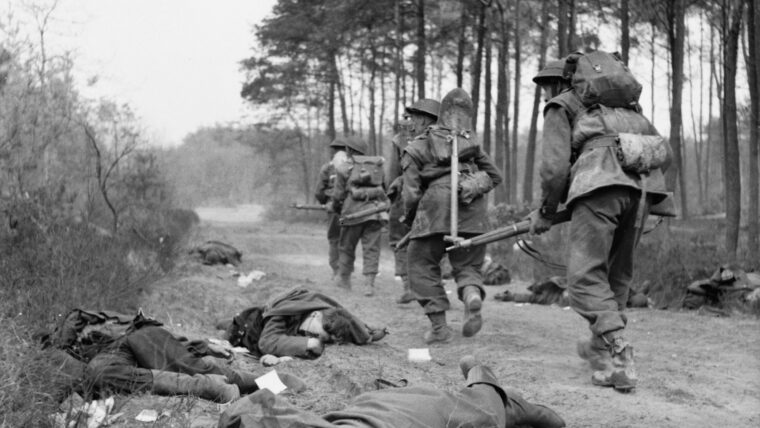
European Theater
“I am busy getting ready for the next battle,” Field Marshal Sir Bernard Law Montgomery wrote his son David in early March 1945. Read more
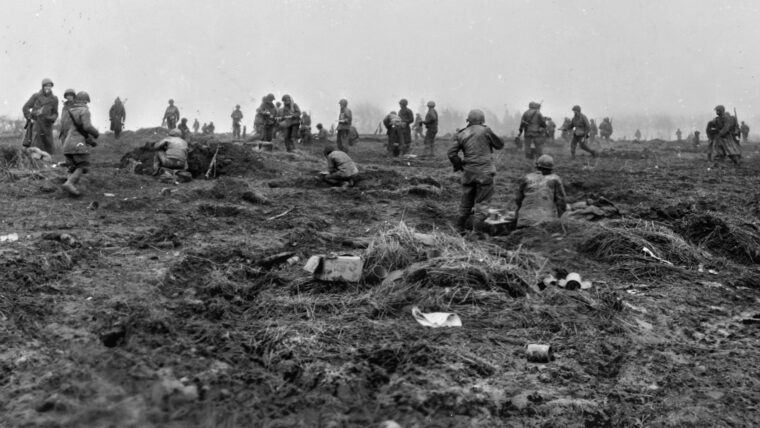
European Theater
The sound of German artillery shells shrieking overhead from across the Siegfried Line was not the wakeup call Technical Sergeant Robert Walter of 3rd Platoon, L Company, 3rd Battalion, 393rd Infantry Regiment expected to receive on the morning of December 16, 1944. Read more
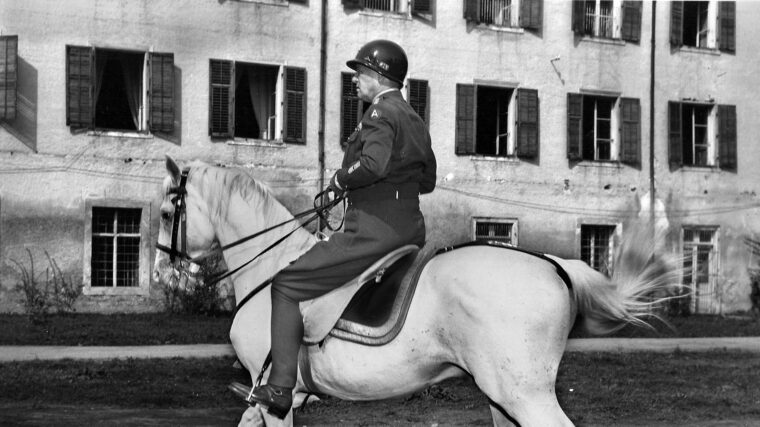
European Theater
The October light was beginning to fade as the U.S. Army limousine sped along the autobahn in the American Zone of Occupied Germany. Read more
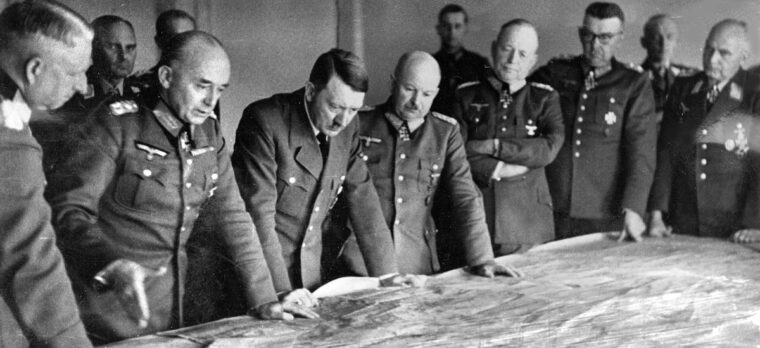
European Theater
By early autumn, he was taking 60 pills a day. They ranged from “speed” to the poison strychnine. Read more